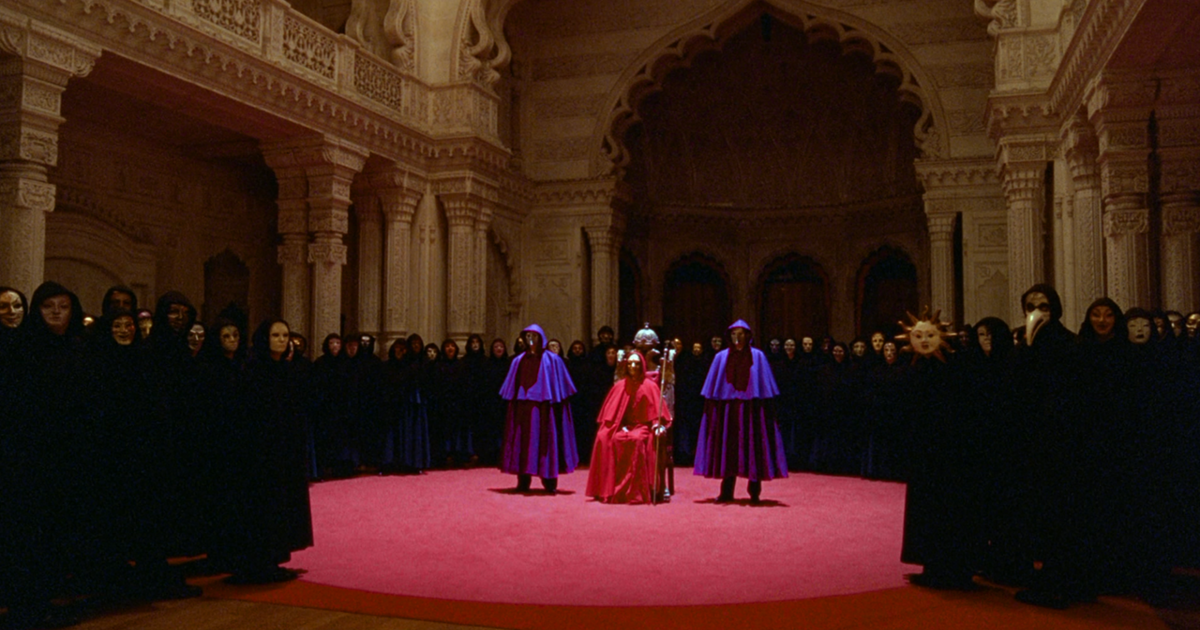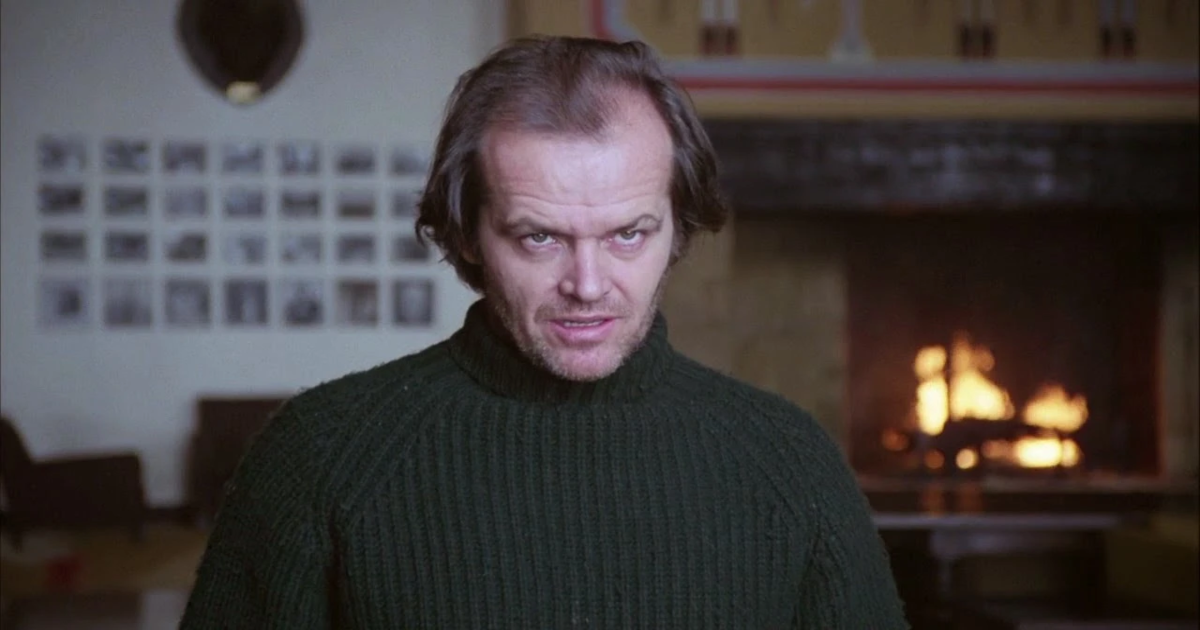The late 1990s were a very interesting period for memorable films, and Stanley Kubrick's Eyes Wide Shut (1999) was definitely no exception. As a director who was arguably as passionate about film as he was controversial, his infamous reputation often yielded especially strict rules for actors who worked under him, no matter how-profile they were. According to a report by SlashFilm, both Tom Cruise and Nicole Kidman were subject to this while working on what would be Kubrick's swan song.
Eyes Wide Shut was depicted as an erotic psychological drama based on a 1926 novella named "Traumnovelle", or "Dream Story". It was a genre mashup that even now would be deemed questionable among mainstream audiences. Typically saved for outside-the-box risk-takers like American Psycho (2000), Kubrick never shied from violently shaking the status quo of conventional (and respectable) filmmaking. Whether it was the substance of his films, or the methods he subjected his actors to. While directing Eyes Wide Shut, he set strict rules for both lead actors Tom Cruise and Nicole Kidman, who were married at the time.
The most notable of all was that they were to remain separated as much as possible when not required on set, to maintain the theme of both physical and psychological alienation their characters felt between each other. To push it further, Kubrick directed the two of them separately, each with their own set of notes that they weren't allowed to share. Perhaps the most controversial experience of this method, was Kubrick having Kidman film six days worth of sex scenes with the actor who plays her character Alice's sexual fantasy. The two actors had to film in 50 different sexual positions, and Kidman was forbidden to discuss any aspect of the process with Cruise on or off-set. This on top of the exceptionally long filming schedule of 46 weeks, which reportedly even wore Cruise down, made Kubrick's final film before his death a no-less enduring experience for those involved.
Kubrick's Legacy of Aggressively Pushing the Envelope
A number of Stanley Kubrick's works have been firmly cemented into film history, often for atypical reasons that are almost entirely unique to him, or any other director that could come close to his abnormal expectations. An infamous perfectionist that micromanaged nearly aspect of the production process, up to his death at the age of 70, the director created some of the industry's most memorable films, for better or worse. His most heavily criticized film, A Clockwork Orange (1971), was pulled from theaters in the U.K. for its undeniably brutal, disturbing content. On the other side, his sci-fi drama 2001: A Space Odyssey (1968), was well-received as a marvel of special effects for the time and remains one of the most popular films in the genre to this day.
His film which likely receives the most universal attention even now is The Shining (1980), his big-screen adaptation of Stephen King's original novel. Despite it essentially being a household name, and being preserved in the Library of Congress's archive of history's most impactful films, the psychological horror flick won virtually no awards, was ruthlessly panned by Stephen King himself, and was predictably criticized for Kubrick's treatment of cast and crew, particularly Shelley Duvall. The actress, who was sick and enduring a brutal divorce at the time, took the brunt of Kubrick's perfectionist tactics. She was infamously forced to reshoot the "staircase scene" with fellow actor Jack Nicholson well over 100 times, because Kubrick reportedly wanted to mentally break her to get the best take possible. Nonetheless, for every critic of Kubrick's methods, others maintain that his intense dedication to his craft was a necessity, no matter the costs.


